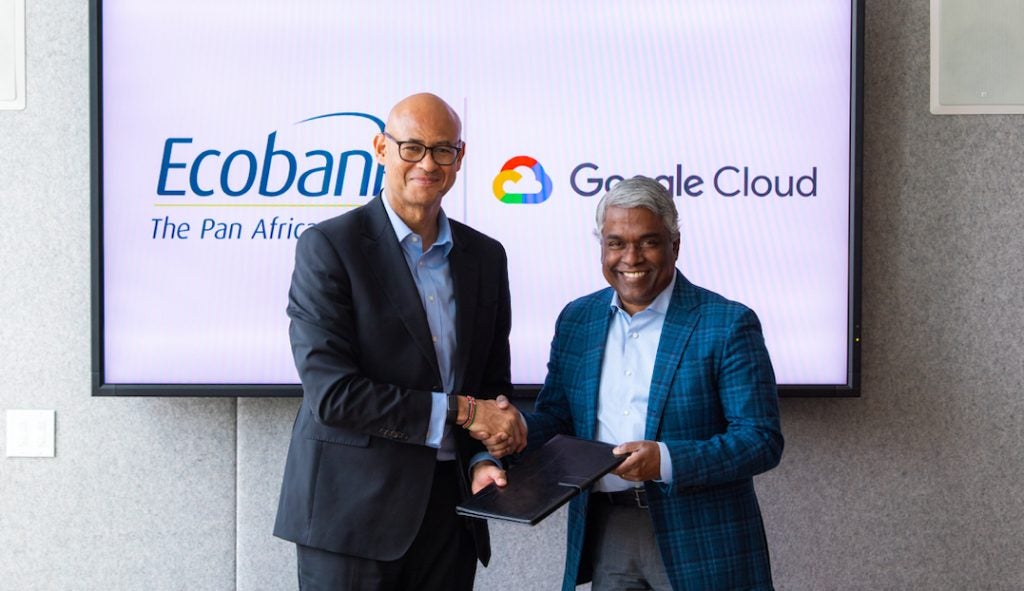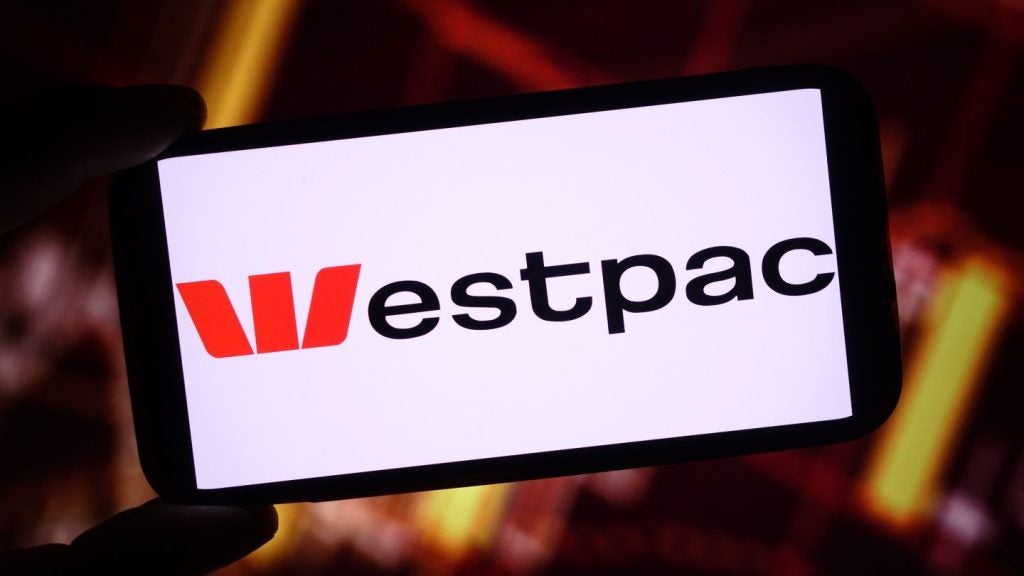Dave O’Flanagan, CEO & Founder of AI & personalisation platform, Boxever talks about why traditional banks must move now to leverage their bigger data sets to win back the increasingly digital consumer
A study by AT Kearney in May indicates that as many as one in ten European banks may close its doors over the next five years due in part to the increasing competition posed by agile digital challengers.
Despite the acceleration of tech adoption in many sectors, in March, a CapGemini study revealed that only 40% of financial institutions feel they have the necessary digital capabilities to deliver on customer experience transformation.
PSD2 now marks an important crossroads in the fintech vs brick and mortar battle. This regulation, coupled with the ever-rising demand for more personalised digital customer experience, makes 2019 a watershed moment for those financial institutions which have not already adopted AI-driven strategies that truly embrace the competitive advantages that meaningful personalisation can bring.
PSD 2 to level the playing field
While fintechs could, until now, only dream of the kind of customer data boasted by traditional banks, PSD2 will level the playing field, increasing the threat of disintermediation and giving fintechs an important competitive edge. This regulatory change will give fintechs the opportunity to increase their services speed, security, accessibility, coverage, and massively accelerate their client base.
Challenger and neobanks can be built quickly and easily from scratch using cloud-and API-based technology. As digitally native, customer centric propositions, these disruptors already have the agility to keep online customers engaged through gamification and rapid adoption of new CX innovations.

US Tariffs are shifting - will you react or anticipate?
Don’t let policy changes catch you off guard. Stay proactive with real-time data and expert analysis.
By GlobalDataBanks and other financial institutions on the other hand remain largely bound by legacy technology and therefore naturally slower to adopt digital technologies such as AI.
Tech giants threat is looming
Adding to this competition will be the eventual entry of tech giants Google and Amazon into the banking space, on the back of securing e-money licenses, which will create a whole additional level of competition for traditional banks.
Traditional banks however, possess a winning hand – the kind of data needed to make true personalisation a reality.
However, this requires cross-channel and cross-enterprise collaboration and the innovative mindset to find workarounds for legacy IT systems, which are unable to measure customer responses or make recommendations based on those responses.
Efforts have been made by a number of banks to integrate personalised customer
experience capabilities, but without the full support of organisational structure, technology and investment behind it, banks will miss the strategic opportunity, true ROI and point of differentiation of personalisation.
The era of 1:1 personalisation
Thus far, banks have been using customer microsegments to personalise offers to
customers, but in this era of 1:1 personalisation these practices are increasingly becoming redundant and if not changed will only leave their institution at a competitive disadvantage.
To overcome this, banks much leverage their resources to focus on delivering meaningful and powerful personalised experiences in a customer-centric strategy. Too much of the conversation around personalisation in banking focuses on marketing offers and is measured by increases in sales.
The true potential of personalisation lies in using an organisation’s data and analytics to transform their customer interactions by allowing them to anticipate their customers’ needs and deliver contextually relevant and valuable experiences to customers, improving customer satisfaction ratings and building even greater brand loyalty to forge deep relationships that stand the test of time.
To make this happen banks need to first ensure that they are fully aware of what
personalisation is and that this strategy becomes a real focus – right throughout the organisation.
Income per customer is in decline
It is only then that banks can take the necessary actions to compete and win against high-tech disruptors.
Only the banks that adopt and embrace the new digital age will survive. The canary in the coalmine is already here as, despite strong volumes, banks are showing dramatic decreases in income per customer (-1.1% 2018 vs 2017; -11% 2018 vs 2008).
Branch closures and other cost saving measures are just short-term fixes but will not be enough to fend off increased competition in this new era for banking.
For traditional institutions it is imperative that they immediately shift their focus to implement meaningful strategic transformations that place a profound emphasis on providing customers with timely, contextually relevant service and personal end-to-end experiences across all channels and at each touch point.
Dave O’Flanagan is CEO & Founder, Boxever







